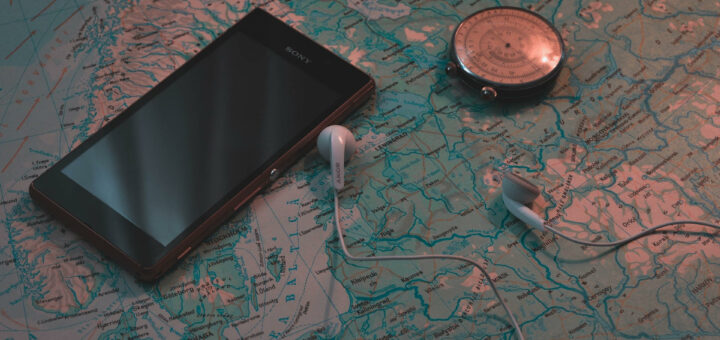
Music knows no bounds. The on-demand nature of music makes it easy to forgo the history and evolution behind what you’re listening to at any given moment. Music carries with it rich pasts that span decades, social movements, and border lines. Most popular music today has roots in a specific time and place in history – every sound you hear on the radio has a traceable path throughout the country and over the years.
The beginning was Blues. Beginning from Southern plantations in the 19th Century, Blues was born from the work songs and spirituals of enslaved people and quickly bloomed into a sprawling reflection of Black culture. Call & response arrangements were attached to woeful, emotional lyrics to give this music its characteristic somber, trudging sound. From areas in the deep American south like Texas and the Mississippi Delta, this music spread across the country to more urban locales like St. Louis and Chicago, with each regional variation bringing its own sonic qualities and distinct style. Boogie-woogie and big band Blues gained popularity in the big cities and morphed with the concurrent stylings of jazz and gospel music to form a new style aptly called rhythm and Blues. Following WWII, R&B picked up steam and got its own Billboard chart. The traditional Blues sound persisted, with the advent of electric guitar spreading it around to Memphis and Detroit. In the 60s and 70s, the anthropologic auditory amalgam of R&B began to seep deeply into popular culture – a revolution of Soul, Funk, and Jazz began to spread its branches worldwide from the roots of Blues.
Changes in demographics and rapidly advancing technology opened new worlds for creatives to express themselves. Electronic music went from a novelty steeped in technological guff and heady academia to a rapidly spreading sensation among hobbyists and composers alike. After mathematicians in Australia used the first computer to play music, synthesizers and drum machines became the new weapons of choice of the artistic vanguard. Stringed instruments and horns turned into turntables and effects pedals. Fenders and Yamahas became Moogs and Rolands. The culturally savvy African American vanguard embraced these new technologies and out of the boomboxes of the South Bronx came Hip-Hop. This was the sound of a movement coming to life, with pioneering MCs like DJ Kool Herc and Grandmaster Flash repurposing breakbeats from soul and funk records as a backdrop for their rhythmic poetry. The Furious Five and Sugarhill Gang gave the rest of the country their first commercial taste of the South Bronx Sound and the rest was history.
While lyrics from “Rappers Delight” were being thrown around the dinner table like they were headlines, the once feverishly popular genre of Disco (also kin of Blues) was burning out, literally. The backlash against Disco music – largely by white middle class rock music fans – led to a “Disco Demolition Night” where hundreds of Chicagoans burned their Disco records at Comiskey Ballpark. This unsubtly racist and homophobic outburst sparked the flames of the phoenix that is House music, a style of electronic music that blended Disco’s lush orchestration with repetitive, pummeling beats and cavernous basslines. The 1980s Chicago club scene encompassed DJs, producers, dancers, and trendsetters that all innovated to the tune of House music. The movement spread to Detroit and Techno was born, all while different variations of electronic music flourished on their own around the world.
Today’s American musical landscape is a profound blend of the different genres and cultural movements of the 20th century. Hip-hop has gone from the sound of a city to a worldwide phenomenon. House music and club culture has flowered into massive festivals and chart-topping electronic hits. The subgenres of each respective sound were already countless and sprawling, but new roadways on the sonic roadmap continues to be paved. The timeless coastal Hip-Hop feud is fueled by the sonic differences between beats from New York and beats from the Bay Area. The South has come out on top, with Trap music from Atlanta permeating every inch of the Billboard Top 100. The rise of the internet has leveled the playing field for those on the come up, notably empowering more emotional styles of rapping from the Midwest through platforms like Soundcloud and Bandcamp. The best artists of today either fiercely rep their city and sound or create a new concoction that pays tribute to the history of their genre. Is the democratization and mass accessibility of music the death of regional sounds? Or a pathway to new levels of creativity and success?


